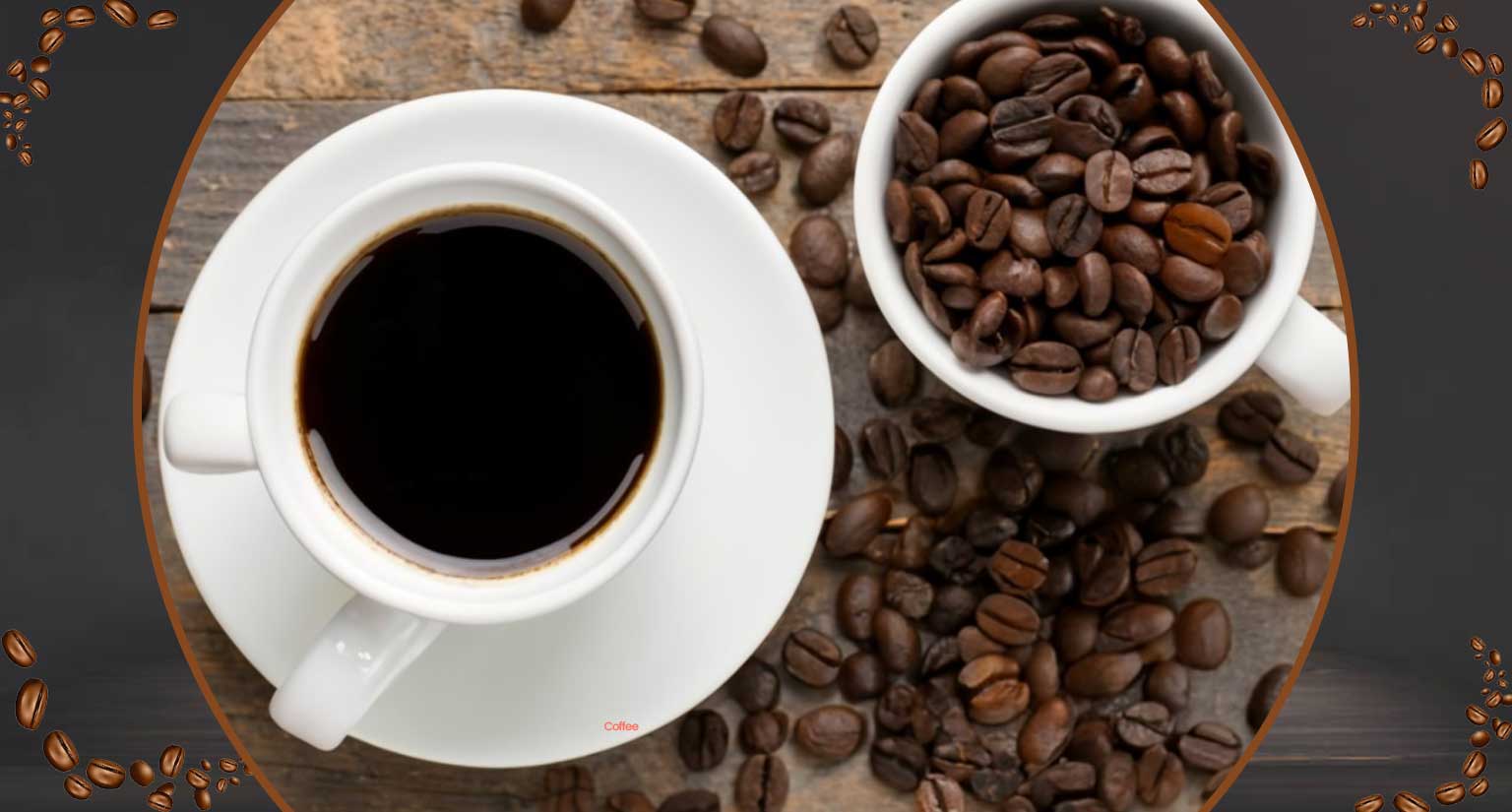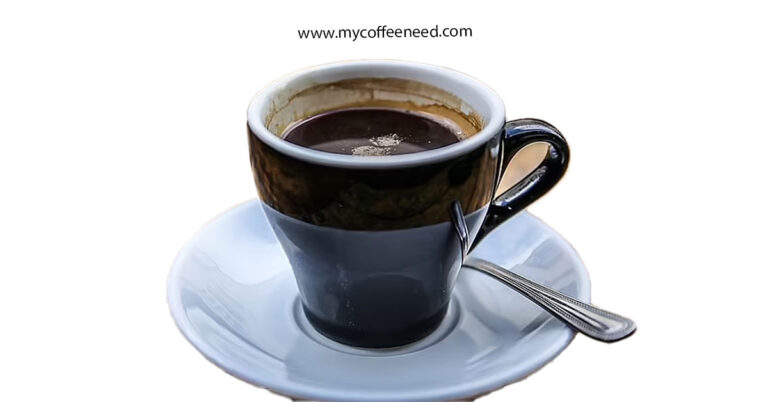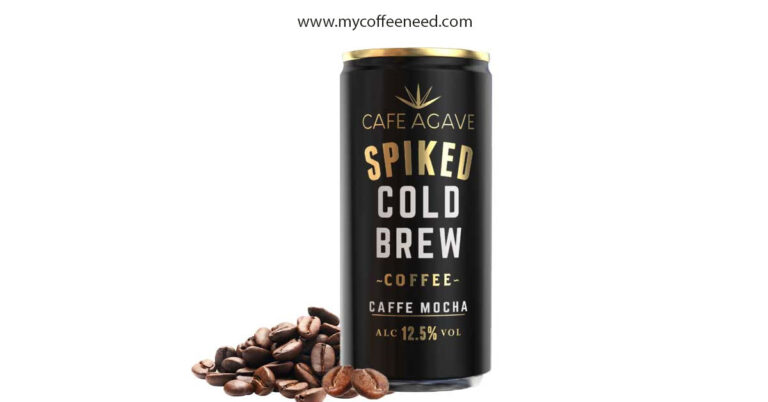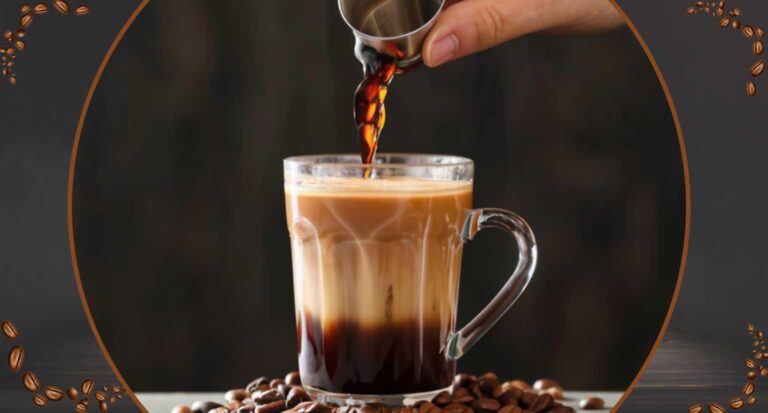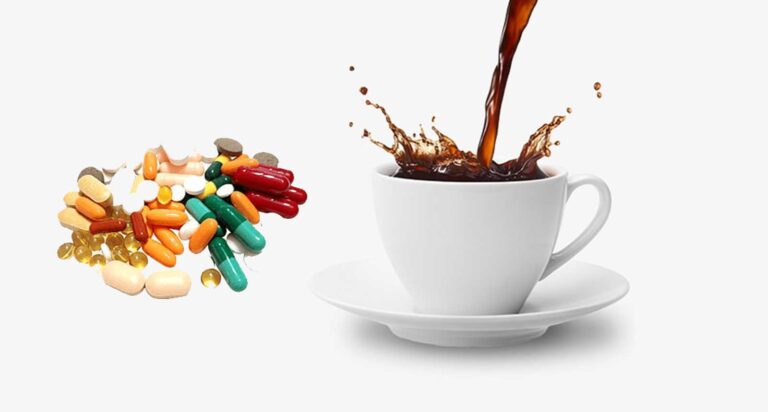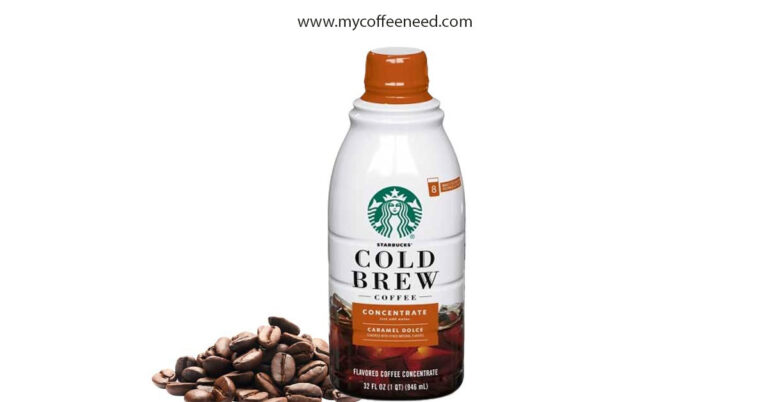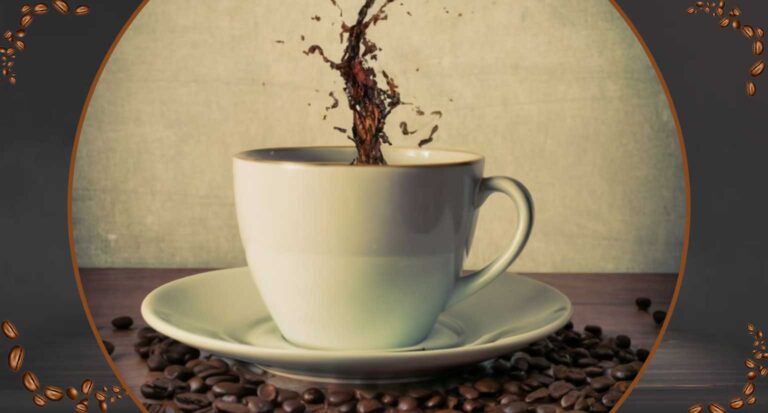What Coffee Has More Caffeine? Discover the Top 5 High-Energy Winners!
The caffeine conundrum, where the quest for that perfect, eye opening brew takes center stage. In a world brimming with coffee choices, the pressing question persists:
What coffee has more caffeine? The coffee’s energetic essence, the mysteries behind the caffeine content, towards the robust pick me up you crave. The caffeinated world of coffee with confidence and clarity. The nuances, revealing which coffee varieties pack the most potent punch to fuel your day.
What Coffee Has More Caffeine?
For those seeking an electrifying jolt to kick start their day, navigating the myriad of coffee options can feel like embarking on a caffeine fueled odyssey. When pondering what coffee has the highest caffeine content, certain varieties emerge as champions of stimulation.
1. Robusta Beans
Renowned for their bold flavor and elevated caffeine levels, Robusta beans stand tall as the powerhouse of caffeine. With nearly double the caffeine content compared to Arabica beans, Robusta brews deliver a potent punch, making them a favored choice for those craving an intense wake up call.
2. Espresso
The concentrated essence of coffee, espresso boasts a formidable caffeine concentration per ounce. Its potent brew and rich flavor profile make it a go to for espresso aficionados seeking a swift energy surge.
3. Cold Brew
Despite its mellow demeanor, cold brew coffee conceals a secret weapon: a higher caffeine concentration than its hot brewed counterparts. The prolonged steeping process extracts more caffeine from the beans, resulting in a smooth, invigorating elixir that’s perfect for those sultry summer mornings.
These contenders for the caffeine crown offer discerning coffee enthusiasts an array of options to elevate their caffeine experience and conquer the day with vigor and vitality.
Which Coffee Has More Caffeine Light or Dark?
In the labyrinth of coffee choices, the debate between light and dark roast brews ignites curiosity among caffeine connoisseurs. But when it comes to caffeine content, does light triumph over dark or vice versa?
Light Roast
Contrary to popular belief, light roast coffee beans boast a higher caffeine content compared to their darker counterparts. The shorter roasting duration preserves more of the bean’s original caffeine levels, resulting in a brew that packs a potent punch of energy.
Dark Roast
While dark roast coffee exudes bold flavors and robust aromas, its extended roasting process diminishes the caffeine content. The prolonged exposure to heat causes the beans to lose some of their caffeine potency, making dark roast coffee a mellower option for those seeking a less intense buzz.
Ultimately, the choice between light and dark roast hinges on personal preference and flavor profile rather than caffeine content alone. Whether you prefer the invigorating kick of a light roast or the velvety richness of a dark roast, rest assured that your coffee journey is as unique as your taste buds.
What Coffee Method Has The Most Caffeine?
When it comes to extracting the maximum caffeine punch from your coffee beans, the brewing method you choose can make all the difference. The methods that harness caffeine’s full potential.
Espresso
Renowned for its concentrated flavor and intense aroma, espresso stands as the undisputed champion of caffeine concentration per ounce. The high pressure extraction process extracts maximum caffeine from finely ground beans, resulting in a potent shot that delivers a swift energy surge.
Cold Brew
While cold brew may seem subdued with its smooth, mellow demeanor, don’t be fooled, this method harbors a hidden caffeine powerhouse. The extended steeping process in cold water extracts a higher concentration of caffeine from the beans, yielding a rich, invigorating brew that’s perfect for hot summer days or a refreshing pick me up anytime.
AeroPress
Combining elements of immersion and pressure brewing, the AeroPress method offers a versatile approach to crafting your perfect cup. By applying gentle pressure to extract flavors and caffeine efficiently, AeroPress brews boast a robust profile that’s sure to tantalize your taste buds and awaken your senses.
While each brewing method has its unique charm and allure, espresso, cold brew and AeroPress stand out as frontrunners in the caffeine game. Whether you prefer the concentrated intensity of espresso, the smooth indulgence of cold brew or the versatility of AeroPress, rest assured that your caffeine journey is bound to be bold, invigorating and utterly satisfying.
Additional Influences on Caffeine Intake
Beyond the inherent characteristics of coffee beans and brewing methods, several external factors can subtly shape caffeine intake. Understanding these influences provides a comprehensive view of how caffeine interacts with our daily routines and lifestyles.
Body Composition
Individual differences in metabolism and body composition can influence caffeine absorption and tolerance levels. Factors such as weight, age, gender and overall health may impact how quickly caffeine is metabolized and its effects on the body.
Sensitivity to Caffeine
Each person’s sensitivity to caffeine varies, with some individuals more tolerant to its effects than others. Factors such as genetics, caffeine consumption habits and caffeine sensitivity can influence how the body responds to caffeine intake.
Medications and Health Conditions
Certain medications and health conditions may interact with caffeine, altering its effects on the body. Individuals with heart conditions, high blood pressure, anxiety disorders or gastrointestinal issues should consult healthcare professionals regarding their caffeine consumption to avoid potential adverse reactions.
Dietary Habits
Dietary factors such as hydration levels, meal timing and nutrient intake can affect caffeine absorption and metabolism. Consuming caffeine on an empty stomach may result in faster absorption and potentially stronger effects, while pairing caffeine with food can modulate its absorption rate.
Lifestyle Choices
Lifestyle factors such as stress levels, sleep patterns and physical activity levels can influence caffeine sensitivity and tolerance. Managing stress, prioritizing adequate sleep and maintaining a balanced lifestyle can help optimize caffeine consumption and minimize potential side effects.
By recognizing the multifaceted nature of caffeine intake and its interaction with various aspects of life, individuals can make informed choices about their caffeine consumption habits.
Balancing personal preferences, health considerations and lifestyle factors empowers individuals to enjoy the energizing benefits of caffeine while maintaining overall well being.
Conclusion
In the quest for the ultimate caffeine fix, the nuances of coffee’s potency has been enlightening. From robust Robusta beans to the concentrated allure of espresso, the caffeinated world offers a plethora of options to suit every preference and palate.
While caffeine content varies across bean varieties and brewing methods, the pursuit of that perfect cup remains an exhilarating journey of discovery.
The diversity of coffee culture, savoring each sip with curiosity and appreciation. Remember, whether it’s the bold intensity of Robusta or the smooth allure of cold brew, the answer to which coffee has more caffeine lies in the joy of exploration and indulgence.

